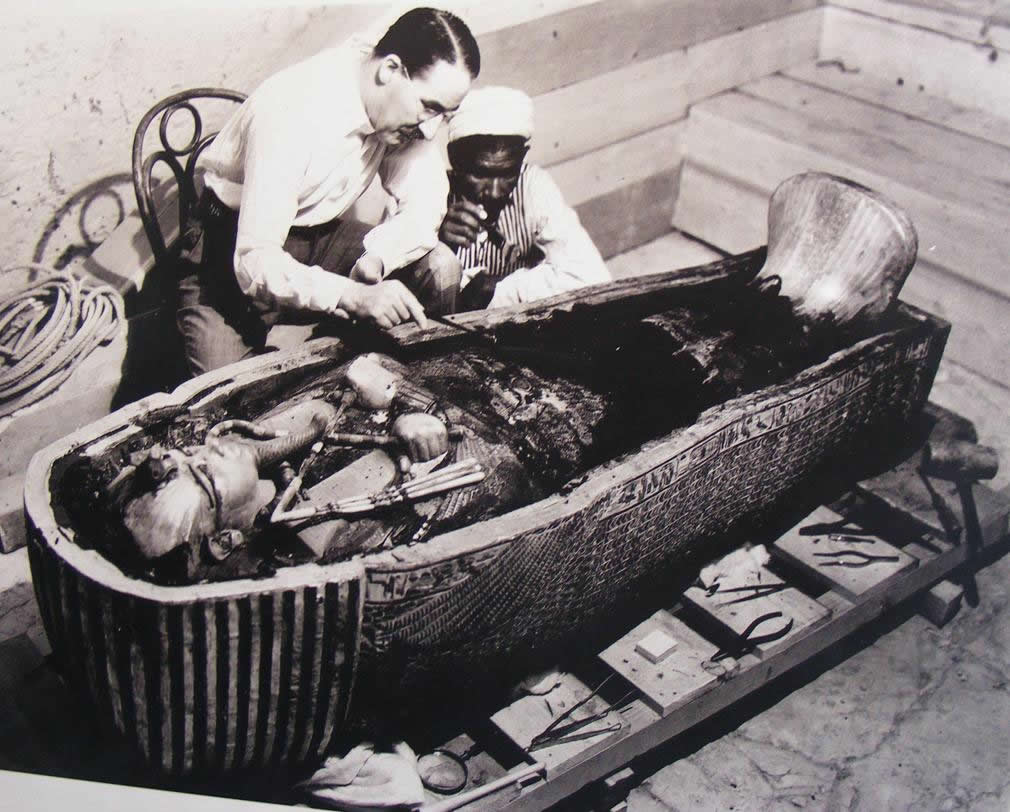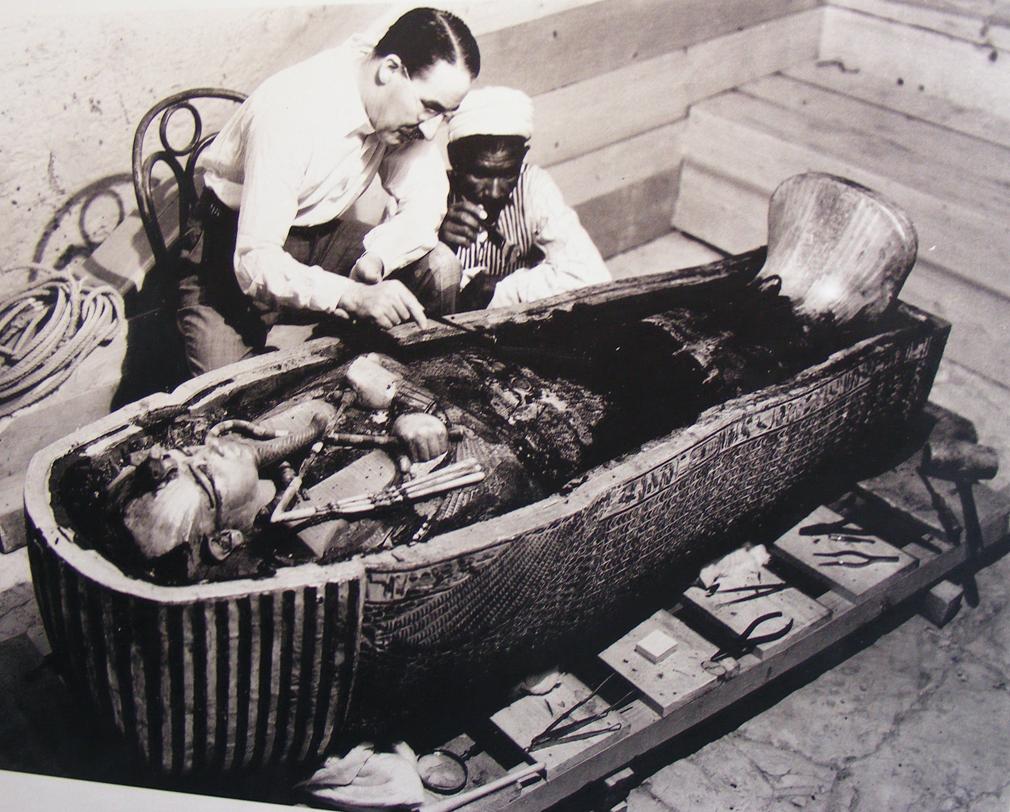| |
| |
The Great Sphinx
|
| |
The figure of the Great Sphinx was worked from a rocky
outcrop. The colossal sculpture (240 x 65 ½ ft; 73.5 x
20 m) of Chephren faces east, and show the classic
combination of the body of a recumbent lion with the
pharaoh’s head.
The ruler wears the striped nemes headcloth, and has a
uraeus worn flat on his forehead. Regarded as an image
of the god-king at the time of its creation, the sphinx
was thought later, in the New Kingdom period, to be a
figure of the sun god Horemakhet, “Horus in the
horizon”. In the reign of Amenophis II (Eighteenth
Dynasty) a small brick temple was erected to the left of
this manifestation of the god, while the monumental
building in front of the sphinx’s paws, known as the
Harmachis temple, dates back to the 4th Dynasty.
Vandalism, wind, and weather, as well as a rise in the
groundwater level, have done the monument visible
damage, and it has recently proved necessary to begin a
comprehensive program of restoration.
|
| |
| |
The “Sphinx Stela” of
Thutmosis IV Eighteenth Dynasty, ca 1390 B.C. |
|
| |
In the Eighteenth Dynasty period Thutmosis IV had a
monumental red granite stela (H. 3.60 m, 11 ½ ft.)
placed between the front paws of the Great Sphinx; it is
also known as the “Dream stela.” In its text the pharaoh
says that while he was still a prince he once stopped to
rest beside the Sphinx, and dreamed that the god
promised him the kingship of Egypt if he would free the
divine image from the sand.
Naturally the stela was not set up until after he came
to the throne, in order to emphasize the divine choice
of his person. In the upper part of the monument,
Thutmosis IV is shown beneath the symbol of the winged
solar disk making offerings to a representation of the
Sphinx on both sides.
|
 
|
| |
|
|
|
|
|
|